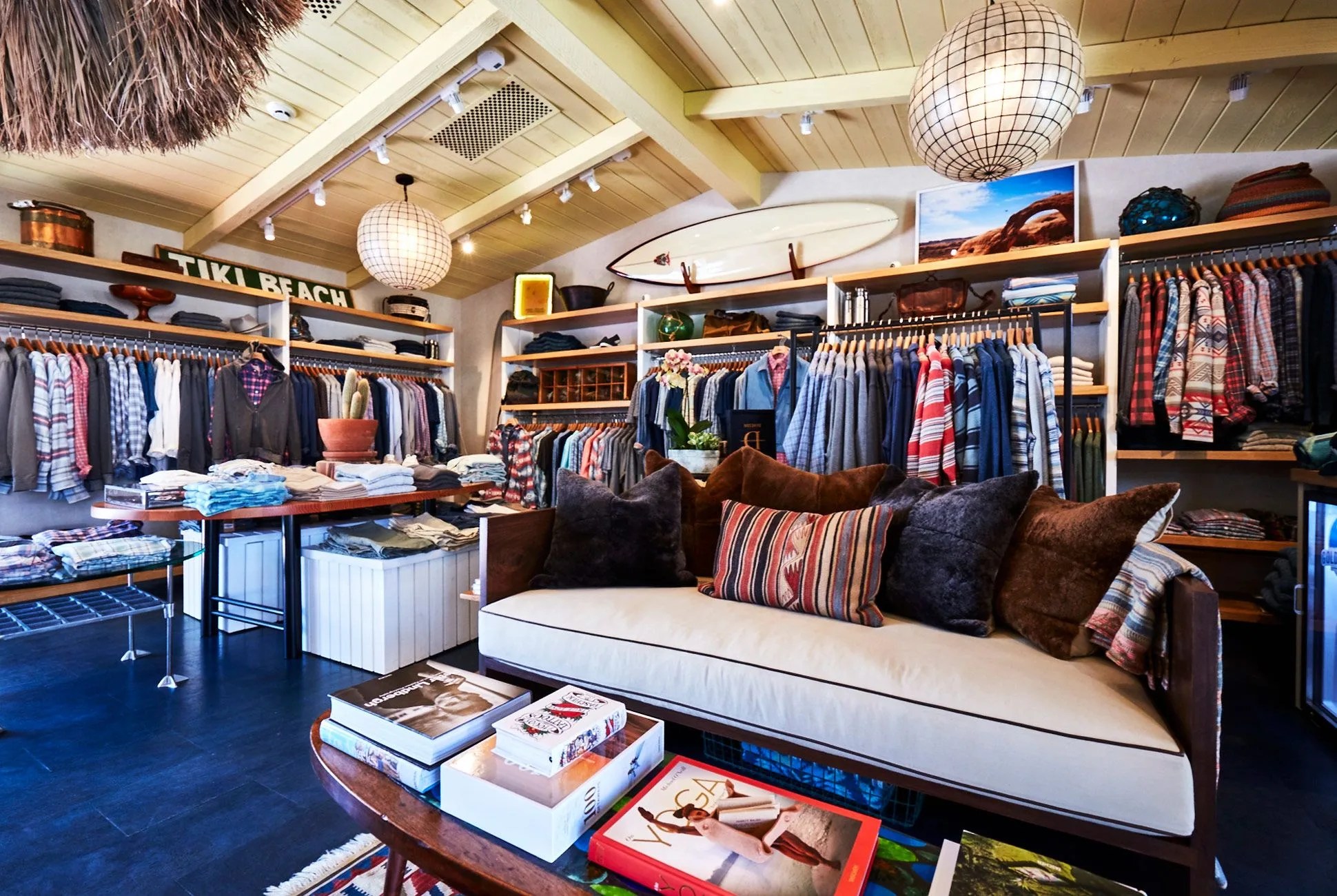The influence of Ralph Lauren is omnipresent in the American fashion industry. The brand’s status as an iconic fashion house drew many young designers to its ranks in the past few decades. One of these designers is Mike Faherty, who launched an eponymous brand with his brother after leaving the Ralph Lauren. Their brand, which captures the New England beach lifestyle, has a different aesthetic from the heritage styles of RRL, Polo Ralph Lauren and Ralph Lauren Purple Label. But it was the training Mike Faherty received at Ralph Lauren that set him up for success and gave him the ability to create a range of unique, quality garments. We sat down with Faherty to discuss lessons learned: the value of process, the importance of relationships and the science behind making fabric.
Q: How did you get started in fashion?
A: I majored in Fashion Design at Washington University in St. Louis. That was when I got a sewing machine put in front of me, and it was like: Learn how to sew, learn how to make patterns, learn how to illustrate. It was a crash course in that. Once I got into the actual act of sewing garments, I knew it was the right place for me. And then when I graduated, I started at Ralph Lauren. Then I was there from ‘05 to 2012.
Q: What was it like at Ralph Lauren?
A: That place is so defined: the style, the way it is. The one thing about being there — and especially being there in ‘05, when stock prices were soaring — it was like a golden era. Anything was possible, which meant that as a young designer, you have fabric mills that are actively asking you to just do shit for you. It was like a field day in terms of pattern and color. Just to get some plaids in the line, we would sketch out or color up 100 swatches to pick one. It’s one of those things where the more you see, the more you touch, the more you go through the act of the design process through the actual adoption of the line, you see so many fabrics and things in the process. And that’s kind of when you learn it all in terms of the design side.
The act of creating specialty fabrics is really a science. And understanding the nuances of it is what can make things feel and look different.
Q: Did you have any aha moments over your tenure there?
A: Yeah, there’s aha moments in the process when you start learning the science of it, because it really is a science. To make fabric, it starts with the raw materials. Those raw materials need to be specified. There’s different-size cotton yarns. Then once you select the size yarns you think you need, there’s a whole construction to it: essentially how many yarns go vertically and how many yarns go horizontally to create the density. And then, it’s, “How is it woven?”
So, in the beginning, you just see numbers. You just look at the specification of fabric; it’s like, 20s by 20s, 50 by 44. And you’re just like, “Whatever.” I think it’s the aha moment when that all connects. Now, I can pick up a piece of fabric and tell you basically the yarn size and some version of the construction pretty closely. And that’s just a matter of being around it so long.
When it all came together, that was a monumental moment in understanding how fabric is made. Because at the end of the day, in this business, anyone can cut and sew a garment, but the act of creating specialty fabrics is really a science. And understanding the nuances of it is what can make things feel and look different.

